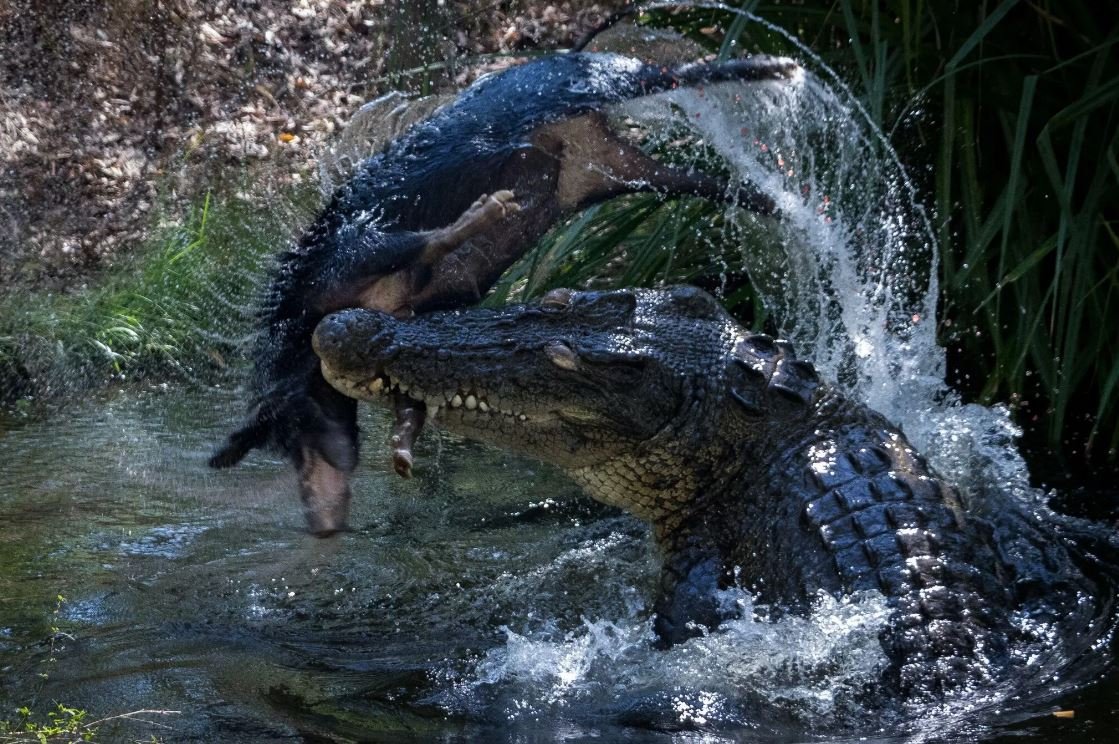Invasive Species Aren’t All Bad
Australia is rife with invasive species like the feral pig, introduced by European settlers in the late 18th century, now spread across 40 percent of the country and numbering in the tens of millions. Invasives get a foothold because there are few natural predators in their new homes, but in Australia the pigs have at least one enemy: the saltwater crocodile.
For the past 50 years or so, the crocodile – which nearly went extinct in the 1970s – has been feeding on the pigs. Those pigs, which have wreaked so much harm on habitats at the expense of native species, may have rescued the big croc from annihilation.
A similar dynamic has played out in the US. “Hogs may have saved Florida panthers from extinction,” biologist Mark Lotz told the New York Times this week. The cats used to feed on white-tailed deer, which were culled in the 1930s to control ticks. With deer population in decline, “the only place panthers remained was in southern Florida, where there was a sizable hog population,” he said.
Another Florida invasive is the fist-sized apple snail, which escaped the aquarium trade and found a predator-free environment in the wild, at least until it encountered the endangered snail kite. It was believed that the kite’s beak was too small to munch on the big snails, but the bird population actually evolved as females began hooking up with large-beaked males and natural selection did its thing. Good for the birds: studies showed that the kites raised in wetlands with invasive snails were in better health and had higher survival rates than those in un-invaded areas.
Also in the Times this week is a report on the invasive donkeys of Death Valley, brought there from North Africa by the mining industry in the 19th century. Now there are about 4000 of the feral burros and the National Park Service wants to kill them all. But camera traps have recently captured images of the donkeys being eaten by mountain lions. Moreover, ecologists have found that the donkeys do the least damage on habitats in areas where lions prowl (and the most damage near human activity). Plus the big cats get a tasty treat for their efforts.
These isolated stories are good news for (some) threatened species at or near the top of the food chain, but no one believes that predation alone is going to solve the problem. Still nice to hear that they occasionally provide sustenance to a hungry good guy.
Photo credit: Adam Britton / Media Drum World, via Alamy







